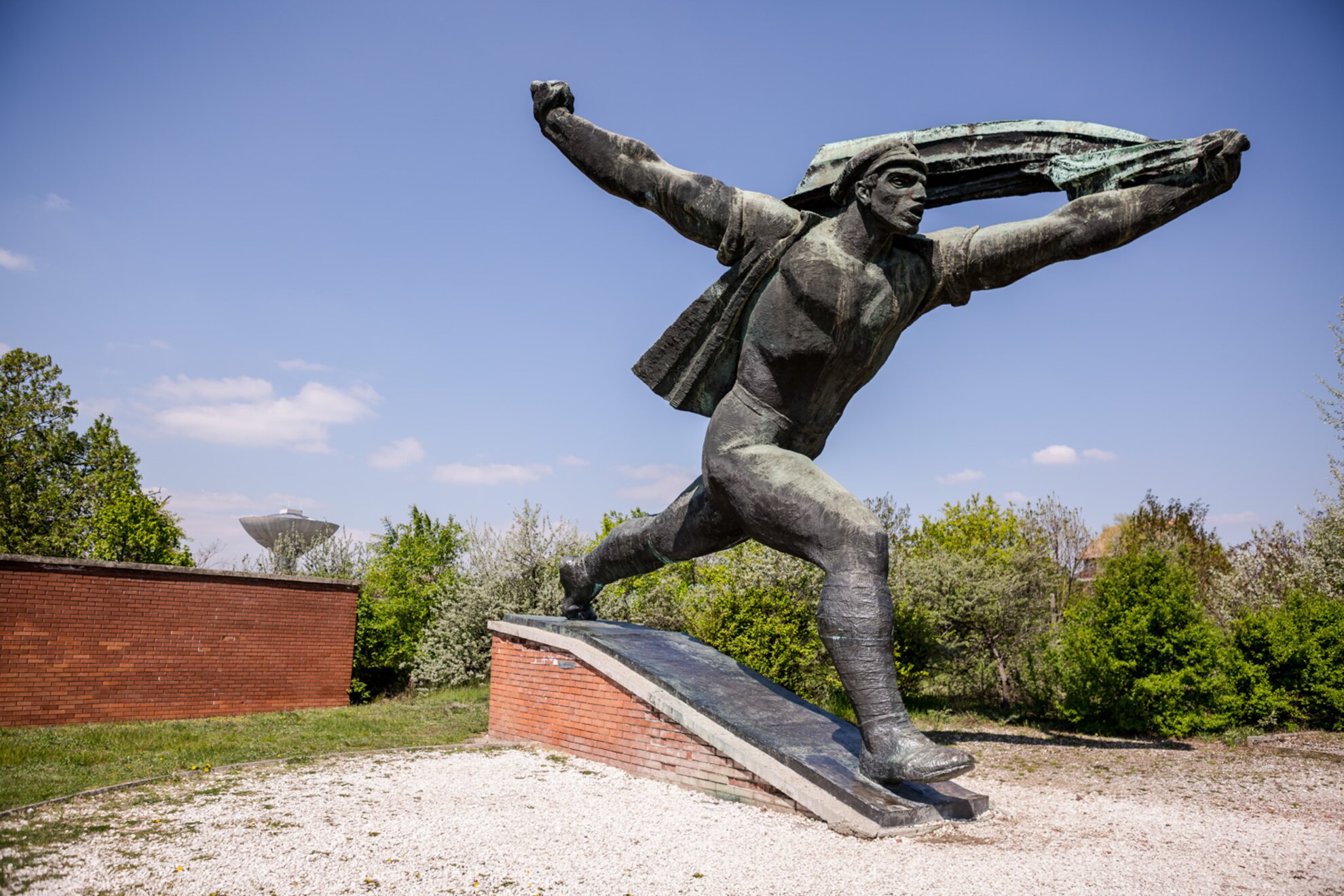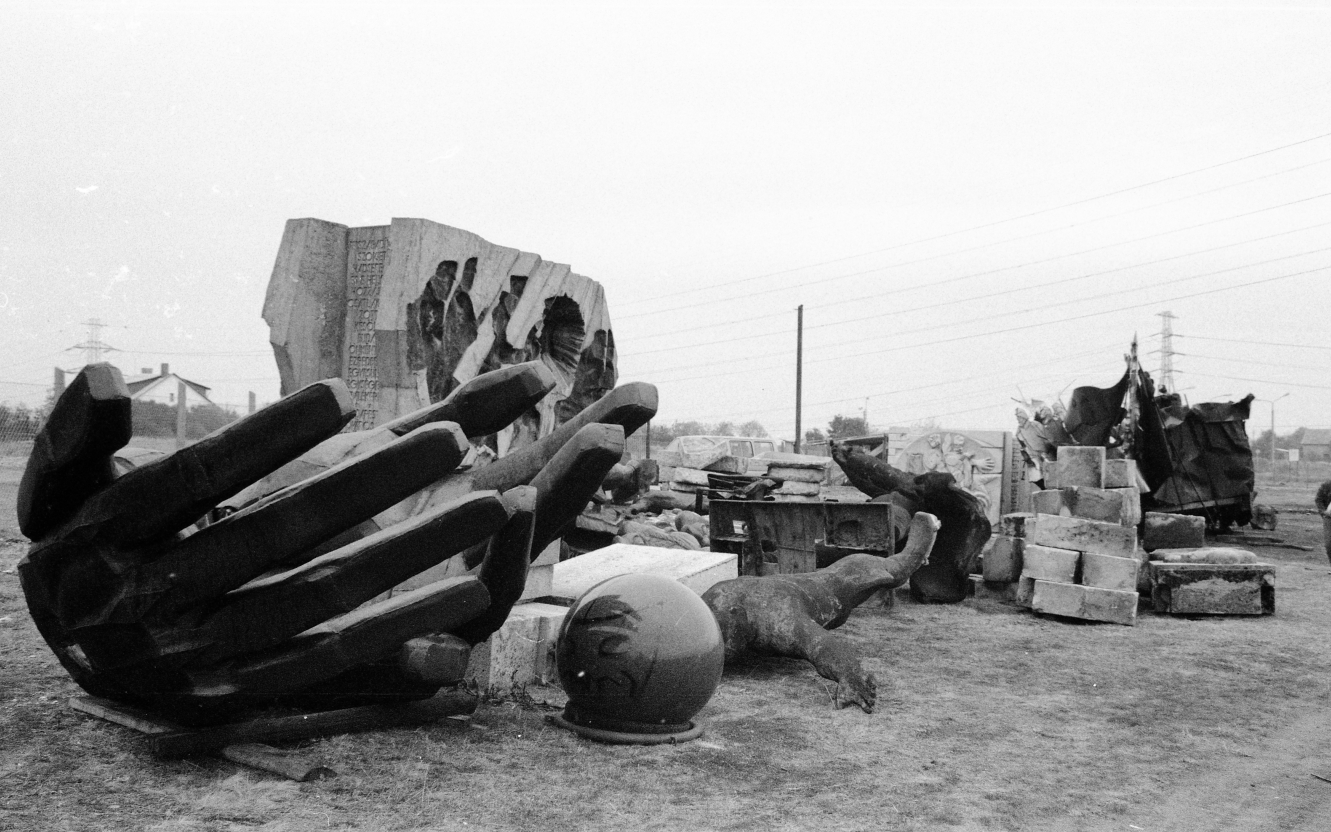Before the change of régime in 1989, the public spaces of Budapest were dotted with sculptures proclaiming the Socialist ideology, more symbols of power, strength and intimidation than aesthetic works of art. After the fall of Communism, however, they were immediately viewed as unwelcome guests. Everyone wanted rid of them, rather than see them adorning major streets and squares. The question became, what next? A photo exhibition at the Budapest History Museum shows what happened to these massive monuments.
The
fate of the public monuments of the Communist era was one of the main
topics of debate during the years of régime change. Many thought that
in order to completely erase the past, they should be broken up and disposed of – but then they would disappear from Budapest forever.
Others considered they should be
kept as a kind of document for posterity. After lengthy deliberations and
countless forums, the capital decided to keep some of the political statues, but
move them to a suburban park instead of them standing on the street. In all, 42 items were selected by the city’s municipalities as important enough to keep.

By the end of the 1980s, during the soft
dictatorship, it was possible to speak more openly about the 1956 Uprising, the
Soviet occupation and the dictatorship, so that a kind of discourse about the
removal of monuments had already begun.
Even then, there were spontaneous or
organised demolitions of sculptures, but after the change of régime, instead of
a mass removal, the capital came up with a solution unique in Europe: a
sculpture park.
Still in place today, Memento Park essentially serves as a
critique of the ideology.
Ákos Eleőd’s concept won the architectural design competition announced in 1991, so the sculpture park on the Tétény plain is a gesture, showing that only democracy can look back on the past with all its positive and negative events.
Standing here are the Soviet Liberation Soldier who once stood on Gellért Hill, the Liberation Monument and the Lenin statue from Ötvenhatosok tere, the square renamed after the heroes of 1956 where the May Day parades once took place. There’s even monument dedicated to Béla Kun, the short-lived Communist leader after World War I.

Can Ostapenko Stay? is the name of the exhibition currently open at the Budapest History Museum in the Castle District, showing by way of photographs and videos what happened to these statues in the early 1990s.
The name refers to perhaps the most famous monument of all, a huge figure of a Soviet hero from World War II which once stood at the gateway to Budapest. Still used in common speech as a reference point, Ostapenko was knocked down and carted off to Memento Park. At the original spot, they opened an American fast-food restaurant, today referred to as the ‘Osztapenko McDonald’s’.
Exhibition information
Can Ostapenko Stay?
Budapest History Museum
1014 Budapest, Szent György tér 2
Buda Castle, E Building
Open: Tue-Sun 10am-6pm
Until 21 November
Masks must be worn




